@amandakay.hair via Instagram powered by Squarelovin
Finding the perfect shade for graying clients requires understanding their lifestyle, natural coloring and desired maintenance level. As a stylist, it’s also important to consider the client’s skin tone when recommending professional hair color to ensure a flattering finished look. Let’s take a closer look at how to find the best color for gray hair.
Challenges of Coloring Gray Hair
Gray hair has unique characteristics that affect color absorption and maintenance. The absence of melanin makes gray strands more resistant to color, and they often develop an increasingly coarse, wiry texture with age. For these reasons, coloring gray hair can be tricky and requires a specialized approach.
Analyzing Client Needs
Before exploring specific color options, have an in-depth consultation with your client. Consider their current gray percentage, natural base color and skin undertones. Some clients might prefer embracing a salt and pepper hair color, while others want full coverage, so make sure you have a clear picture of their desired look. Understanding their daily routine will also help you determine if they can commit to regular maintenance.
Set realistic expectations regarding the process and outcome during the consultation. Let your client know that they might need multiple sessions to achieve their desired results, especially when transitioning from another color and dealing with resistant grays.
A Word on Maintenance
Proper maintenance extends color longevity and keeps gray coverage looking fresh, so it’s crucial to make sure your clients know what to expect. Before coloring, explain how often they’ll need to come in for touch-ups. Recommend specific shampoos and conditioners formulated for color-treated hair, and explain how water temperature and styling tools affect color retention.
Choosing the Perfect Color

Tyler Olson/Dreamstime.com
Gray hair can wash out complexions, making skin tone analysis an essential component of color selection. Gold and copper tones complement warm skin tones, while cool undertones pair beautifully with ash or pearl shades. Talk to your client about what type of look to achieve, and explain how you can help them achieve that goal in a way that complements their features.
Choose color products specifically formulated for gray coverage. Some lines offer extra pigmentation or contain special developers designed to penetrate resistant gray hair.
Working with Natural Patterns
Everyone’s gray pattern emerges uniquely. Some experience initial graying at the temples, while others see it scattered throughout. Let these patterns guide your color placement strategy.
For temple-first graying, consider techniques that create soft transitions from gray to colored areas. Blending gray hair with highlights creates a natural, dimensional look for clients with scattered grays. However, you’ll need to take a different approach to ensure even color distribution for clients with more concentrated gray areas.
Customizing Color Applications
The application method significantly impacts the final result. Traditional all-over color provides full coverage but requires frequent maintenance, making it a less-than-ideal option for those with jam-packed schedules. Balayage better suits clients with busy lifestyles, thanks to its softer grow-out lines that reduce visible regrowth. Your understanding of various application methods helps you tailor services to client needs.
Transitioning to Natural Gray
Some clients may want to gradually transition to gray rather than coloring over it. Help them embrace their natural gray with a customized transition plan that blends their existing color using strategic highlights, lowlights or toning services while new gray growth comes in.
Remember to set realistic expectations. This process takes time but produces beautiful, authentic results that celebrate their natural color.
Regular salon visits ensure a smooth transition. Schedule touch-ups every six to eight weeks to refresh toners, maintain dimensional color and trim split ends. Educate your clients on proper at-home care so they feel confident managing and styling their evolving gray hair.
Professional Development
The salon industry is constantly evolving. As a stylist, remaining on top of the latest developments is the best way to deliver consistently high-quality services to your clients. Stay current on new color techniques and products formulated for gray hair. Attend workshops and training sessions focused on gray coverage and transitional coloring techniques to boost service quality and client satisfaction.
Closing Thoughts

Roman Samborskyi/Dreamstime.com
Finding the best color for gray hair requires a combination of technical skills and careful consideration of individual client needs. Considering all aspects of a client’s lifestyle and preferences sets you apart from other stylists, allowing you to provide customized services based on individual needs. Your clients will leave the salon chair smiling with newfound confidence and stunning hair.







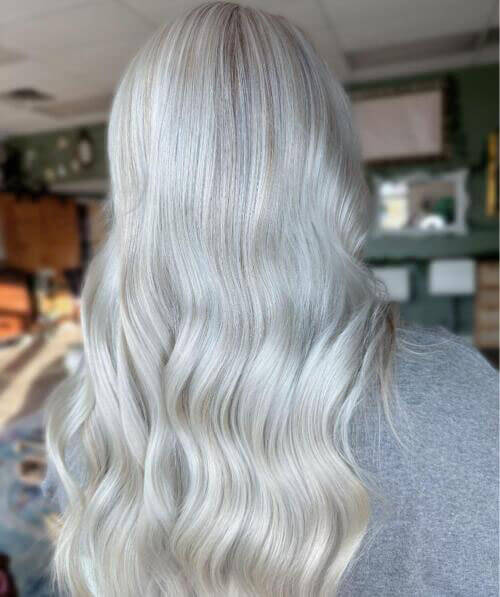



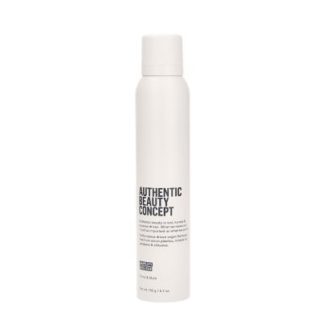
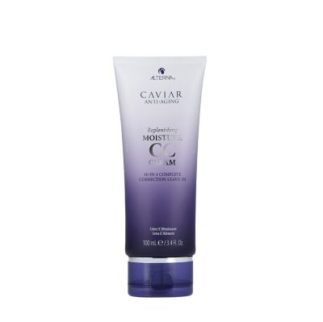

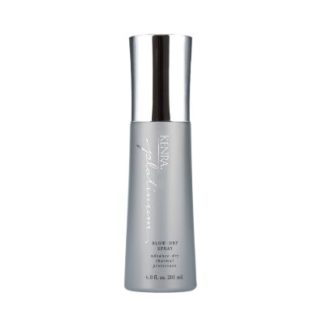

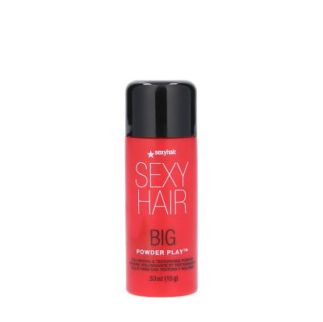
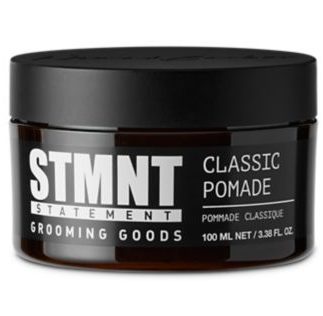
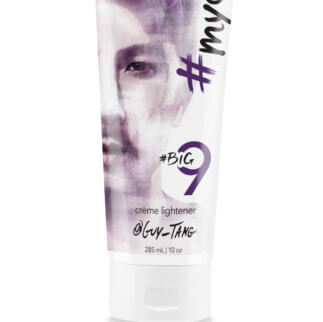
Share Your Feedback